Composition analysis and identification of ancient glass products
DOI: 10.23977/jmpd.2022.060207 | Downloads: 43 | Views: 1778
Author(s)
Qun Wu 1, Congrong Xu 1, Bo Xiang 1
Affiliation(s)
1 School of Aeronautics and Astronautics, Shenyang Aerospace University, Shenyang, 110136, China
Corresponding Author
Qun WuABSTRACT
High-potassium glass and lead-barium glass were two kinds of glass commonly used in ancient China. However, due to their susceptibility to weathering in the process of burial, their chemical composition content has changed, so it is necessary to explore and analyze. We first deleted the invalid data, and used Excel to make statistics on each decoration, type and color. Then we found that lead-barium glass was more likely to be weathered. Without considering the number of samples, B decoration was more likely to be weathered, and the relationship between color and weathering was not strong. Finally, under the condition of fixed glass types, Excel was used to calculate and visualize the chemical content changes of the main components before and after weathering. At the same time, tables were listed according to the obtained statistical rules, and the chemical composition content before and after weathering was compared to predict the chemical composition content before and after weathering.
KEYWORDS
Ancient glass products, chemical composition analysis, S-contour coefficient, correlation analysisCITE THIS PAPER
Qun Wu, Congrong Xu, Bo Xiang, Composition analysis and identification of ancient glass products. Journal of Materials, Processing and Design (2022) Vol. 6: 51-58. DOI: http://dx.doi.org/10.23977/jmpd.2022.060207.
REFERENCES
[1] Frabasil Joaquin, Rivas Dana Velasquez, Bertot Gustavo M., Gualco Luciana, Ricardo Carabajal, Carozza Patricia, Gaggioli Daniela, Colmenares Gabriela, Sokn Silvia. Correlation analysis between lysosomal enzyme activities and the different types of leukocytes in dried blood spots [J]. Molecular Genetics and Metabolism, 2022, 135(2).
[2] Lu Yier, Ye Chenyang, Yuan Ying. Phenotypic characteristics and T cell receptor properties in melanoma: deciphering the correlation at single-cell resolution [J]. Signal Transduction and Targeted Therapy, 2022,7(1).
[3] G.E. X, Zhou A, Chen J. POSB261 Cancer Patients’ Willingness to Pay per Quality-Adjusted Life Year in ASIA-Pacific: A Systematic Review and Correlation Analysis with Population Metrics [J]. Value in Health, 2022, 25(1S).
[4] Weir Bruce S, Anderson Amy D, Hepler Amanda B. Author Correction: Genetic relatedness analysis: modern data and new challenges.[J]. Nature reviews. Genetics,2021,23(2).
[5] Luo Shiqiang, Chen Xingyuan, Zeng Dingyuan, Tang Ning, Yuan Dejian, Zhong Qingyan, Mao Aiping, Xu Ruofan, Yan Tizhen. Correction to: The value of single-molecule real-time technology in the diagnosis of rare thalassemia variants and analysis of phenotype-genotype correlation.[J]. Journal of human genetics,2021, 23(6).
[6] Shutaywi Meshal, Kachouie Nezamoddin N.. Silhouette Analysis for Performance Evaluation in Machine Learning with Applications to Clustering [J]. Entropy,2021,23(6).
[7] Poerwanto B. Evaluating the K-Means Analysis in Clustering Area Based on Estates Productivity in Tana Luwu Using Silhouette Index [J]. Journal of Physics: Conference Series, 2021, 1752(1).
[8] Dinesh Kumar Yadav, Rati Shukla, Vikash Yadav. An efficient collaborative recommender system for textbooks using silhouette index and K-means clustering technique [J]. International Journal of Advanced Intelligence Paradigms, 2021, 19(2).
[9] N. Nidheesh, K. A. Abdul Nazeer,P. M. Ameer. A Hierarchical Clustering algorithm based on Silhouette Index for cancer subtype discovery from genomic data [J]. Neural Computing and Applications, 2019, 32(15).
[10] Xu Wang, Yusheng Xu. An improved index for clustering validation based on Silhouette index and Calinski-Harabasz index [J]. IOP Conference Series: Materials Science and Engineering, 2019, 569(5).
| Downloads: | 4090 |
|---|---|
| Visits: | 253552 |
Sponsors, Associates, and Links
-
Forging and Forming

-
Composites and Nano Engineering
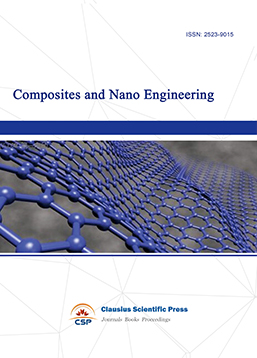
-
Metallic foams
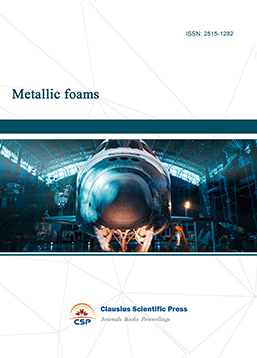
-
Smart Structures, Materials and Systems

-
Chemistry and Physics of Polymers
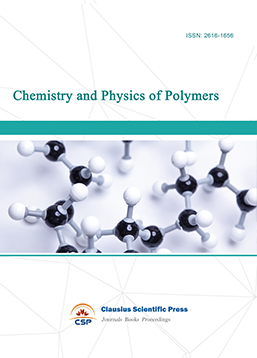
-
Analytical Chemistry: A Journal
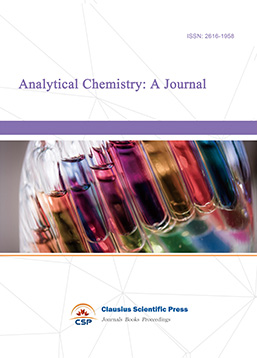
-
Modern Physical Chemistry Research
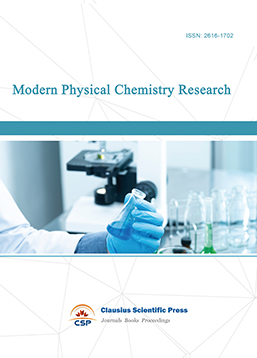
-
Inorganic Chemistry: A Journal

-
Organic Chemistry: A Journal
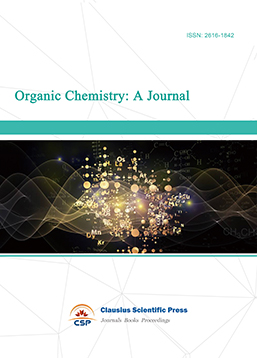
-
Progress in Materials Chemistry and Physics

-
Transactions on Industrial Catalysis
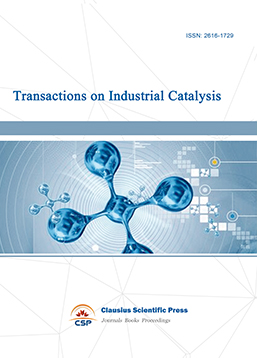
-
Fuels and Combustion

-
Casting, Welding and Solidification
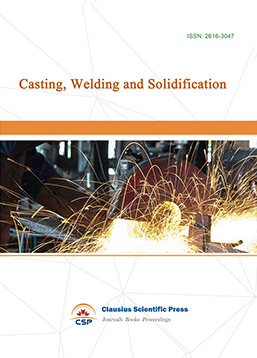
-
Journal of Membrane Technology
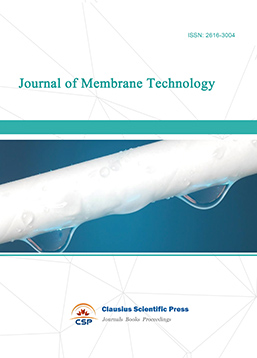
-
Journal of Heat Treatment and Surface Engineering
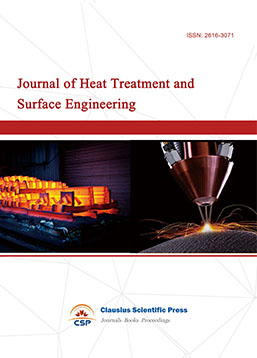
-
Trends in Biochemical Engineering

-
Ceramic and Glass Technology

-
Transactions on Metals and Alloys
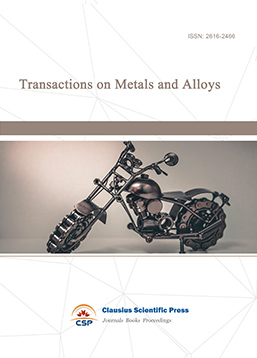
-
High Performance Structures and Materials
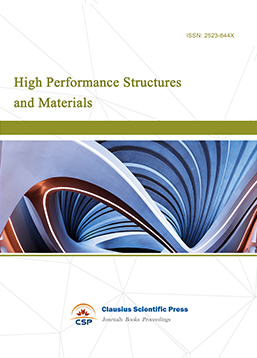
-
Rheology Letters

-
Plasticity Frontiers

-
Corrosion and Wear of Materials

-
Fluids, Heat and Mass Transfer

-
International Journal of Geochemistry
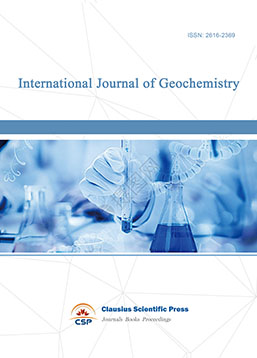
-
Diamond and Carbon Materials
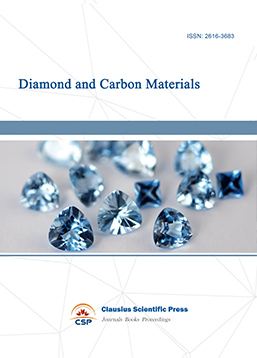
-
Advances in Magnetism and Magnetic Materials
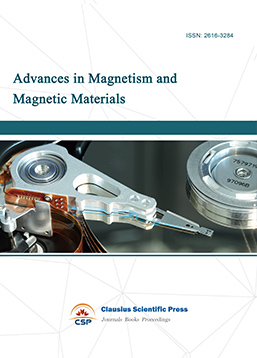
-
Advances in Fuel Cell

-
Journal of Biomaterials and Biomechanics
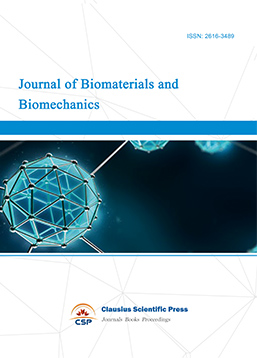

 Download as PDF
Download as PDF